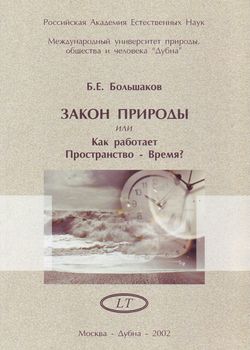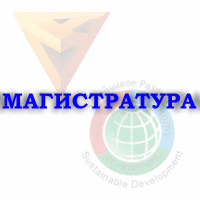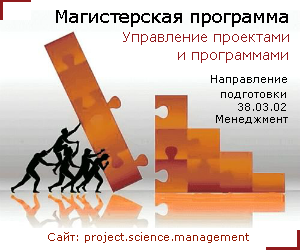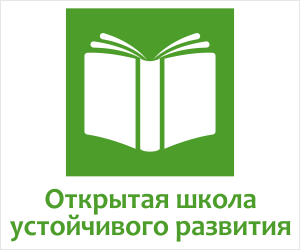Glaz Roman Alekseevich, postgraduate student of the Dubna State University, Dubna, Russia
Shamaeva Ekaterina Fedorovna, candidate of technical sciences, associate professor, leading specialist of Center for Designing Sustainable Development of Civil Society Institutions, State University of Management, Moscow, Russia
Pryakhin Vadim Nikolaevich, Doctor of Technical Sciences, Professor of the Department of Geoinformation Systems and Technologies, Dubna State University, Dubna, Russia
Abstract
The article analyzes the main provisions in relation to complex systems. The systems that are studied in the framework of the science of sustainable development are considered. The relationship of the concept of a complex system with the concept of a system is described in detail, as well as the requirements for the system in the context of the study are analyzed. Based on material from various sources, the requirements for the concept of a complex system in the context of research in the field of sustainable development are proposed. The requirements for a complex system have been formed. The complexity criteria are described in detail and such a system is defined in the context of the study.
KEYWORDS: complex systems, system analysis, sustainable development, system analysis, systems theory, big system.
Download article DEFINITION OF THE CONCEPT OF A “COMPLEX SYSTEM” IN THE CONTEXT OF SUSTAINABLE DEVELOPMENT SCIENCE![]()

 ПОСЛЕДНИЕ ЭКЗЕМПЛЯРЫ ТИРАЖА
ПОСЛЕДНИЕ ЭКЗЕМПЛЯРЫ ТИРАЖА





